A couple years ago, I decided to learn professional cooking the hard way: take a dishwasher job in a local fine dining restaurant, and work up from there. This put me in a pickle: I had to balance my budget on a dishwasher’s meager wages. Ironically, the only way to do it was by cutting back on something I loved: food and wine!
I had to cut the average weekly grocery bill to about $30/person; however, I still wanted to regularly cook gourmet meals. Even though I read everything I could find about saving money on groceries, the most useful strategies came from watching how restaurants keep food costs low to turn a profit.
There are several strategies restaurants employ: first, they plan their menu and preparation so that one step can be used in multiple dishes, and one ingredient in many ways. For example, beef stock is reduced and used in several sauces. Second, they also use strict storage techniques to ensure cooked dishes can be safely served for as long as possible, reducing waste. Third, they know market value of standard foods and negotiate with multiple suppliers to get deals. Fourth, they use tricks to employ cheap ingredients where possible, allowing them to showcase premium ingredients where they count the most. For example, port reductions used a cheap American port, but were served with top-notch meat.
Today, I will tackle the first topic: menu planning. more »
Filed under budget cooking, guides
Tagged: meal planning, meat, recipe, shoestring gourmet

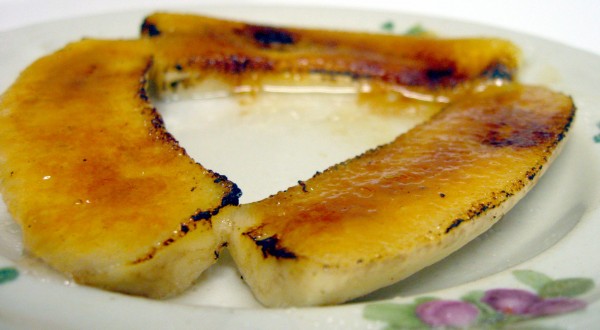
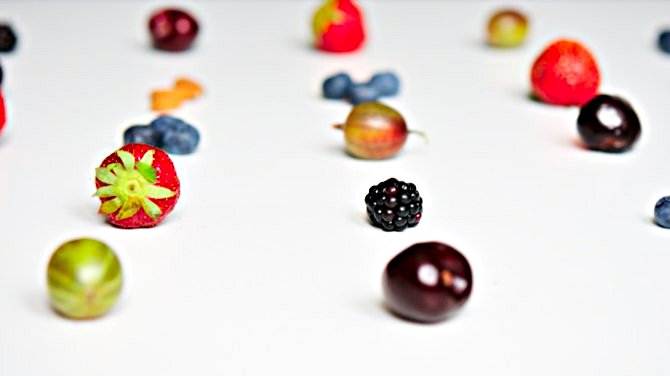
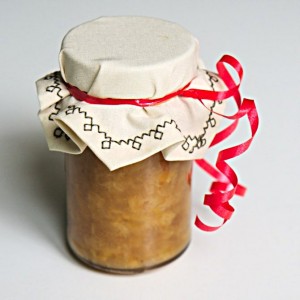
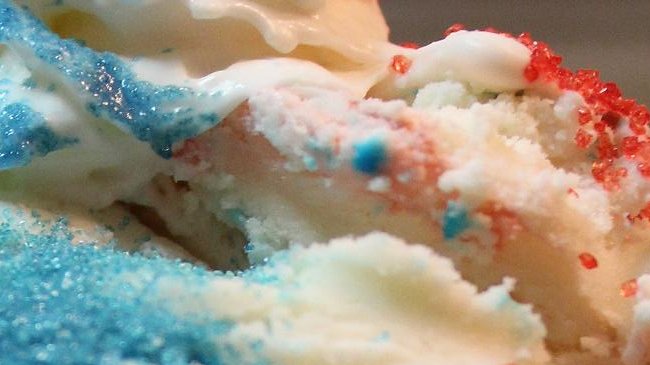
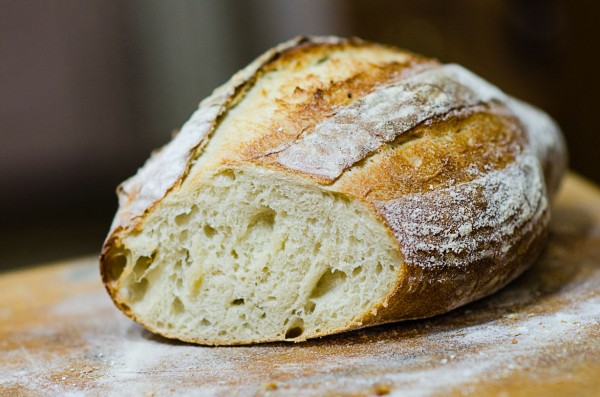
 I had always associated shortbread cookies with boredom: heavy, unremarkable flavors like vanilla, almond, or—when the chef feels particularly adventurous—hazelnut and rum.
I had always associated shortbread cookies with boredom: heavy, unremarkable flavors like vanilla, almond, or—when the chef feels particularly adventurous—hazelnut and rum. 